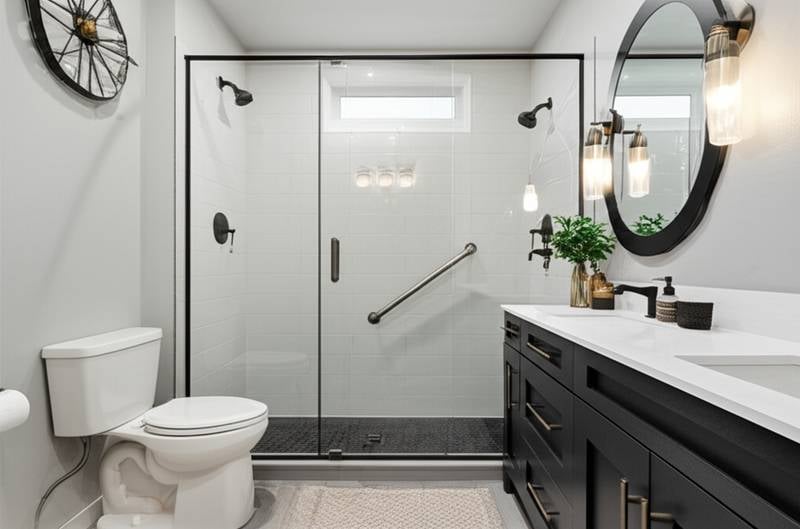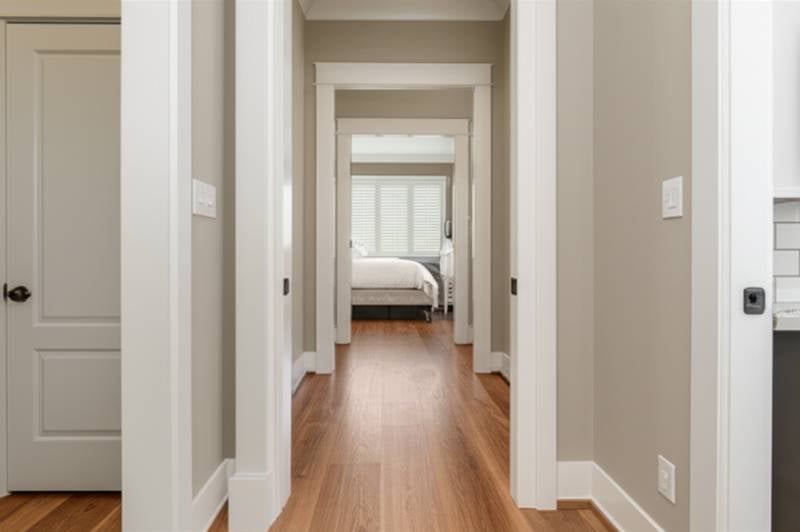Understanding 2025 Prefab ADU Costs for Backyard Studios
Prefab accessory dwelling units (ADUs) represent prefabricated structures assembled off-site and transported for on-site installation. These units serve as versatile backyard studios, offering additional living space, home offices, or guest quarters. This guide examines the factors influencing 2025 prefab ADU costs, provides a comprehensive price breakdown, and outlines strategies for balancing DIY efforts with professional expertise.
Cost Breakdown and Influencing Factors
Prefab ADU costs in 2025 typically range from $80,000 to $250,000, depending on size, features, and site-specific requirements. Basic models under 400 square feet start at $80,000, including factory construction and minimal site preparation. Mid-range units of 400 to 600 square feet fall between $120,000 and $180,000, incorporating standard appliances and basic utilities. Larger or customized designs exceeding 600 square feet approach $250,000, with premium finishes and advanced systems.
Several elements drive these variations. Unit size directly impacts pricing, as larger footprints require more materials and labor. Material choices, such as steel framing versus wood, add 10 to 20 percent to the base cost for enhanced durability. Location plays a role; urban areas with stringent codes increase expenses by 15 to 25 percent due to permitting and labor rates. Utility connections, including separate electrical and plumbing lines, contribute $10,000 to $30,000. Finally, foundation type—ranging from simple piers at $5,000 to full slabs at $20,000—affects the total based on soil stability and local regulations.
Homeowners should request itemized quotes from multiple manufacturers to compare base prices, shipping fees (often $5,000 to $15,000), and optional upgrades like solar panels or smart home integrations.
DIY Versus Professional Installation Options
Scenarios for DIY Involvement
Individuals with experience in construction or landscaping may handle select tasks to reduce expenses. Suitable DIY elements include site clearing and grading, which involve removing vegetation and leveling the ground to prepare for foundations. Installing a basic concrete slab or deck foundation requires tools like levels and mixers, achievable over a weekend for small units. Post-installation finishes, such as painting walls, laying flooring, and adding trim, allow personalization while saving on labor.
This method typically lowers overall costs by 5 to 15 percent, particularly in labor-intensive phases. For example, a DIY-heavy project for a 300-square-foot studio might total $70,000 to $150,000, assuming the prefabricated unit arrives fully assembled.
Benefits of Professional Services
Professional involvement ensures precision and adherence to standards, especially for complex components. Licensed experts manage electrical wiring and plumbing hookups, which demand knowledge of local codes to prevent hazards. They also oversee foundation engineering and structural adjustments, such as reinforcing for seismic zones. Permit applications and inspections fall under their purview, streamlining approvals and avoiding fines.
Opting for full professional oversight raises initial outlays but minimizes risks like project delays or rework. A complete contractor-led installation for the same 300-square-foot unit ranges from $120,000 to $250,000, encompassing coordination across trades.
Essential Safety Practices
Safety remains paramount during prefab ADU projects to protect workers and property. Participants must don appropriate protective equipment, including gloves, sturdy boots, safety glasses, and ear protection, to guard against common site hazards. Secure all heavy machinery on firm, level ground to prevent tipping or shifts during operation.
Electrical tasks require certified professionals; untrained attempts can lead to shocks or fires. For lifting prefab components, which may weigh several tons, employ cranes or forklifts rather than manual methods to avoid strains or accidents. Maintain unobstructed pathways by promptly clearing debris, reducing the chance of trips or falls.
Site Cleanup and Documentation
Completion of installation demands thorough site preparation for inspections. Remove all debris, including packaging materials, excess concrete, lumber scraps, and metal fragments, in line with municipal recycling guidelines. Return reusable items like shipping pallets to the manufacturer to cut disposal fees.
Sweep away dust and minor waste to present a clean area. Retain all documentation, such as receipts, warranties, and inspection reports, for future reference in maintenance, claims, or tax deductions.
Indicators for Professional Expertise
Certain conditions necessitate hiring specialists from the outset. Unstable or sloped soil requires geotechnical assessments and custom foundations to ensure stability. Relocating existing electrical, gas, or water lines demands licensed technicians to comply with safety standards.
Projects involving units over 600 square feet or those needing engineered plans, such as stamped drawings for high-wind areas, benefit from expert input. Professional fees break down as follows: general contractor management at $15,000 to $35,000; electrician services from $2,000 to $8,000; plumbing connections at $3,000 to $10,000; and foundation work ranging $5,000 to $20,000.
When selecting contractors, follow this verification process:
- Confirm active state licensing and proof of insurance.
- Obtain detailed written estimates and timelines.
- Review warranty details for materials and labor.
- Seek references from recent ADU installations.
- Verify that permits will be secured under the contractor's credentials.
Frequently Asked Questions
How long does the process take for a prefab ADU?
Factory production spans four to eight weeks, followed by two to six weeks for site preparation, delivery, and inspections, contingent on permit timelines.
What permits apply to prefab ADUs?
These units require the same approvals as site-built structures, including zoning compliance, setback adherence, and building code certifications.
How can homeowners finance a prefab ADU?
Options include home equity loans, cash-out refinances, or specialized construction financing. Several manufacturers collaborate with lenders experienced in ADU projects.
Are prefab ADUs designed for energy efficiency?
Modern units feature superior insulation, Energy Star-rated windows, and high-efficiency heating, ventilation, and air conditioning systems. Review product specifications to confirm performance ratings.
Is renting out a prefab ADU permitted?
Regulations vary by locality; some jurisdictions support long-term rentals, while others impose restrictions on occupancy or prohibit short-term use.
Which foundation suits a prefab ADU best?
Reinforced concrete slabs or perimeter foundations prove ideal for most sites. Pier systems suit compact units on firm soil, offering cost savings.
Do ADUs need independent utilities?
Requirements differ; certain areas permit shared metering, but many mandate separate services. Consult the local building authority early in planning.
Steps to Launch Your Prefab ADU Project
Prefab ADUs provide a streamlined path to expanding property functionality with reliable, adaptable spaces. Master the cost elements, secure necessary permits, and engage skilled professionals as required to achieve a structure that aligns with codes and enhances property worth.
Approach the endeavor as a lasting investment. Implement annual checks on utilities and surfaces, record modifications, and perform routine maintenance. Such diligence ensures the ADU delivers sustained utility, comfort, and regulatory alignment over many years.











